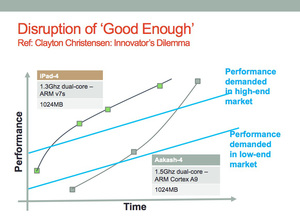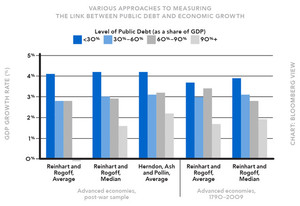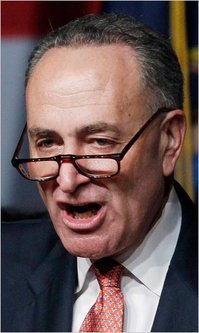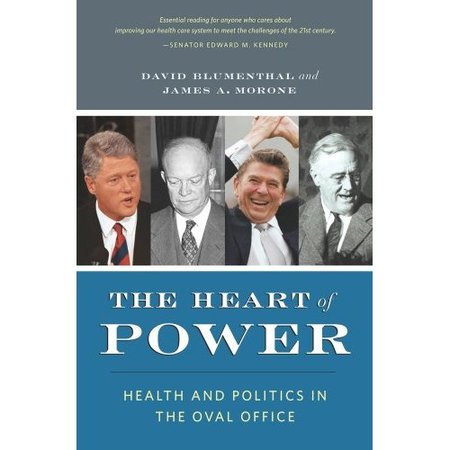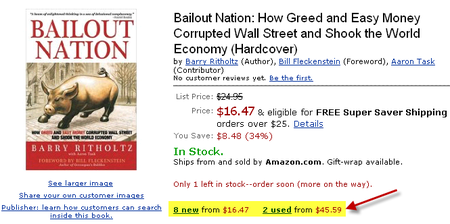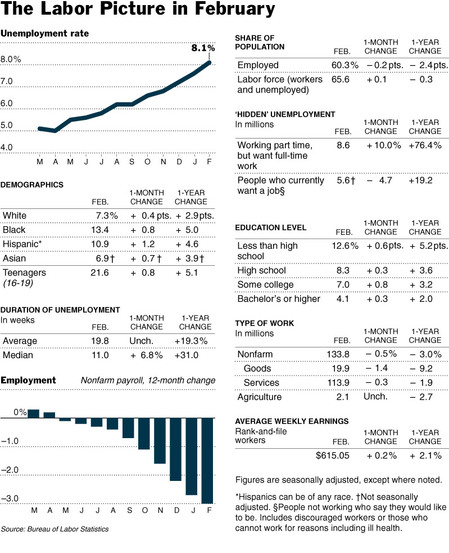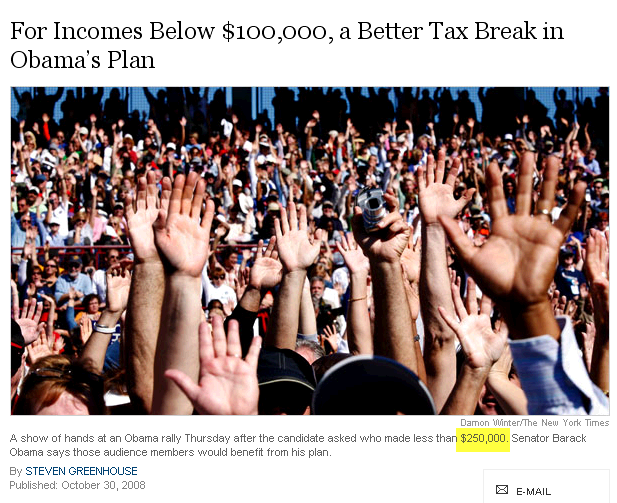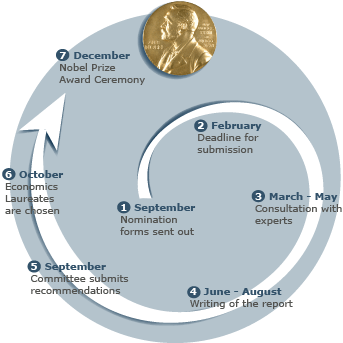we will create millions of jobs by making the single largest new investment in our national infrastructure since the creation of the federal highway system in the 1950s. We'll invest your precious tax dollars in new and smarter ways, and we'll set a simple rule - use it or lose it. If a state doesn't act quickly to invest in roads and bridges in their communities, they'll lose the money.
-- Obama's Key Parts of the Jobs Plan, 2008 December 6
Would spending on planning, consultants, policy, publicity, media relations, public relations folks create more middle class jobs, before the actual construction began ?
Interestingly, there's nary any talk of building prisons to releive overcrowding.
On airport expansion, Coruscation presents the sorry case of SFO's parallel runway for frequent flyiers.
SFO shelved the runway project in June after $75 million worth of
studies. Airport Director John Martin cited a lack of political will
in pushing the controversial project and the shakiness of the
airport's finances.
64% of County residents support runway expansion, poll reports
Tuesday, December 16, 2003, in the San Mateo County Times
San Francisco International Airport's $75 million effort to expand
its runways focused too heavily on marketing the idea, spent too
lavishly on consultants and failed to give equal weight to
alternatives to paving San Francisco Bay, according to a highly
critical audit of the project released Wednesday.
While the airport was evaluating the controversial -- and now dead --
plan to build new runways in the bay, consultants were billing for
$4,000 flights to the East Coast, $500 hotel rooms and $16,000
computer work stations, according to a sampling of expenses examined
by Harvey Rose, budget analyst for the San Francisco supervisors.
The airport spent money on services that had little to do with
studying the environmental impacts of expanding the airfield, and
items such as public relations and lobbying were sometimes hidden in
contracts for engineering or environmental work, according to the
audit.
Audit criticizes S.F. Airport on runway plan
Lavish spending on consultants cited in report to supervisors
Thursday, May 22, 2003, in the San Jose Mercury News
San Francisco Supervisor Aaron Peskin said he was simply taking away the airport's blank check. In
the past few years, SFO spent about $70 million on the proposed
expansion, including more than $1 million on politically connected
consultants.
"If you want to study the runways, study them with science, not with
politics," Peskin said.
The consultants have included Attorney Karen Skelton, a former deputy
in the Clinton-Gore administration; Brown's campaign strategist Barry
Wyatt; and Jon Rubin, Brown's appointee to the Metropolitan
Transportation Commission. SFO hired Rubin's firm, Bay Relations.
Supervisors gut SFO runway expansion study
$5 million yanked, put into reserve
Tuesday, June 25, 2002, in the San Francisco Chronicle
Specifically, the airport director suspended environmental studies
looking into the viability of a proposal to extend the airport's
runways into San Francisco Bay -- a review that already has taken
four years, cost $75 million and is 80% complete.
...
Executives also have had to contend with a recent audit of the
airport's books that alleged airport officials mismanaged $75
million spent to study the runway extension plan.
The finding prompted San Francisco Supervisor Aaron Peskin, who
requested the report last year, to call airfield development efforts
a boondoggle. The city's Board of Supervisors oversees the airport
and the city treasury receives a portion of revenues each year.
"This [expansion] project had a lot more to do with studying a
political notion than what the impacts of the project would be,"
Peskin said. "The intellectually dishonest way they went about
running the entire effort was going to doom the project to great
legal and political vulnerabilities."
The audit, drafted by city budget analyst Harvey M. Rose, raised
questions about runaway spending by consultants and found that the
Airfield Development Bureau, formed to direct the runway extension
project, kept shoddy records and didn't follow city regulations.
Rose, who relied in part on a random sample of invoices, found that
consultants billed the bureau for unusually high airfare, lodging,
equipment and telephone costs. These included round-trip airfares to
Washington for $4,252, a $799 dinner at the Bacchanal restaurant in
South San Francisco and a $4,686 phone bill for an airport
contractor for one month. Consultants also billed the bureau an
average of $16,646 each for three Dell computer workstations with no
explanation for the high cost, Rose said.
Future Cloudy for San Francisco Airport
Declining passenger traffic and a setback in a project to extend its
runways leave executives with more questions than answers.
Tuesday, June 10, 2003, in the Los Angeles Times
Continue reading "Build it ready or not" »

